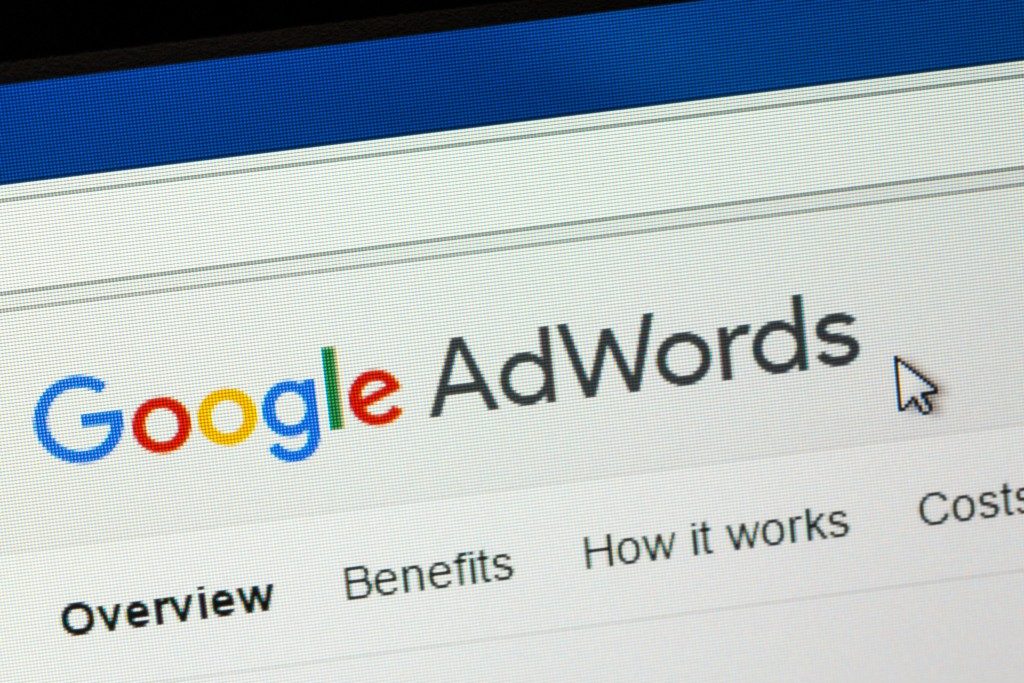One of the ways to get some extra income is to have your own business. You can start small just like everyone else. There are those who initially sell some goods or trinkets for a little profit. There are also people who specialize in crafts like making bracelets, customized clothing, and other personal effects. If you have established some footing, you can then think about bigger stuff like moving on to selling higher-tier items like electronic gadgets or investing in advanced equipment such as purchasing a laser engraving machine.
If ever you choose to dabble in selling personalized stuff, you might want to consider investing in a 3-D printer. It is a darling of the tech world and has gotten many people using it as a hobby or business.
The Cost of Entry
If you are wondering how much it will be to get a 3-D printer, you will be glad to know that there is a range of models for different budgets. If you want to try it out as a hobby, you can plunk down $500 or less. This is usually small in size and therefore only churns out little items, mostly stuff that can fit in the palm of your hand or anything pocketable. If you want something more substantial, you can spend $1,000 to $2,000. These should offer you more refined outputs created at faster rates. For the record, there are also printers that cost upwards of $5,000.
Diversity of Offerings
A 3-D printer basically lets you create something out of molten plastic. This is a concept that fits well in the realm of customization. One example of what you can create is a smartphone stand. You can grab or create a model template in the CAD program. You can add whatever you want to it depending on the order, like sculpting in the name or logo of a company.
You can also create spare parts. This is a niche where your clients could be enthusiasts of older discontinued hardware. These are products where the parts could be almost impossible to find. The easy answer to that is to fabricate it yourself. The good thing about 3-D printers is that it is still pretty much a small-scale production device. You can pretty much do things as they are ordered without thinking much of the operating costs. Factories, in contrast, benefits from churning out high volumes to offset their higher operating costs.
The Future

What lies in the future of 3-D printing? The first thing that needs to happen is for it to become more affordable. The entry-level models should offer a larger space for creation, which will give users more items to create. The prosumer-grade ones will enjoy evolutionary improvements like being quicker and more refined in their output. These will let people spend less time trimming off the excess plastics and smoothing out rough surfaces. Perhaps the next big step will be the material you can use. Plastic is still the top choice as it is readily available and low cost. Hopefully, they will figure out how to incorporate other materials like wood or metal. That should require an additional process that can break them down and mixed with an additive to extrude them from a nozzle.
The possibilities are endless with 3-D printing. You are only limited by the size of their workspace, but mostly anything you enter into its interface can be made into a plastic figure you can touch and hold. There is a lot of potential for having a business in the comfort of your home when you have this device.


